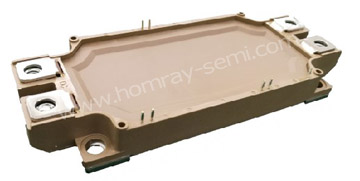
According to Yole, the IGBT market was worth $5.4 billion in 2020, and supply chains are adjusting their strategies and investing heavily as IGBT usage for major electric mobility grows rapidly. Driven by pure electric and hybrid vehicles, IGBT should grow at a compound annual growth rate of 7.5% in the next few years, and is expected to reach a market size of $8.4 billion by 2026.
As the leading manufacturer of IGBT transistor, HST provde Si(Silicon) IGBT power modules. Our IGBT modules divide into small power current range from 8A to 200A, medium power current range from 25A to 600A and high power current range from 200A to 3600A. IGBT power modules can be used for industrial motor drives, wind turbines, photovoltaic inverters, trains, UPS, EV charging infrastructure, household appliances, and EV/HEV applications.


IGBT is the core device of new energy vehicles. In new energy vehicles, IGBT is mainly used for motor drive, vehicle charger (OBC), vehicle air conditioning drive and other links. Among them, motor and motor controller are the core components of new energy vehicles, which directly determine the driving performance of the car. In motor drive, IGBT mainly exists in inverter module. The main function of the inverter is to convert DC to AC to drive the motor. The motor and motor controller account for about 4 percent and 9 percent of the vehicle's cost, respectively, according to Beidou. In the motor controller, IGBT module accounts for about 37% of its cost. As a result, IGBT modules account for about 5% of the total vehicle cost. If the IGBT in the vehicle air conditioning control system is added, the cost is higher. In addition, high power electric vehicles will also have higher and higher requirements for IGBT, which will indirectly increase the cost of IGBT in the whole new energy vehicles. In other words, IGBT is the second most expensive component of electric vehicles after batteries.

 E-mail:
E-mail: